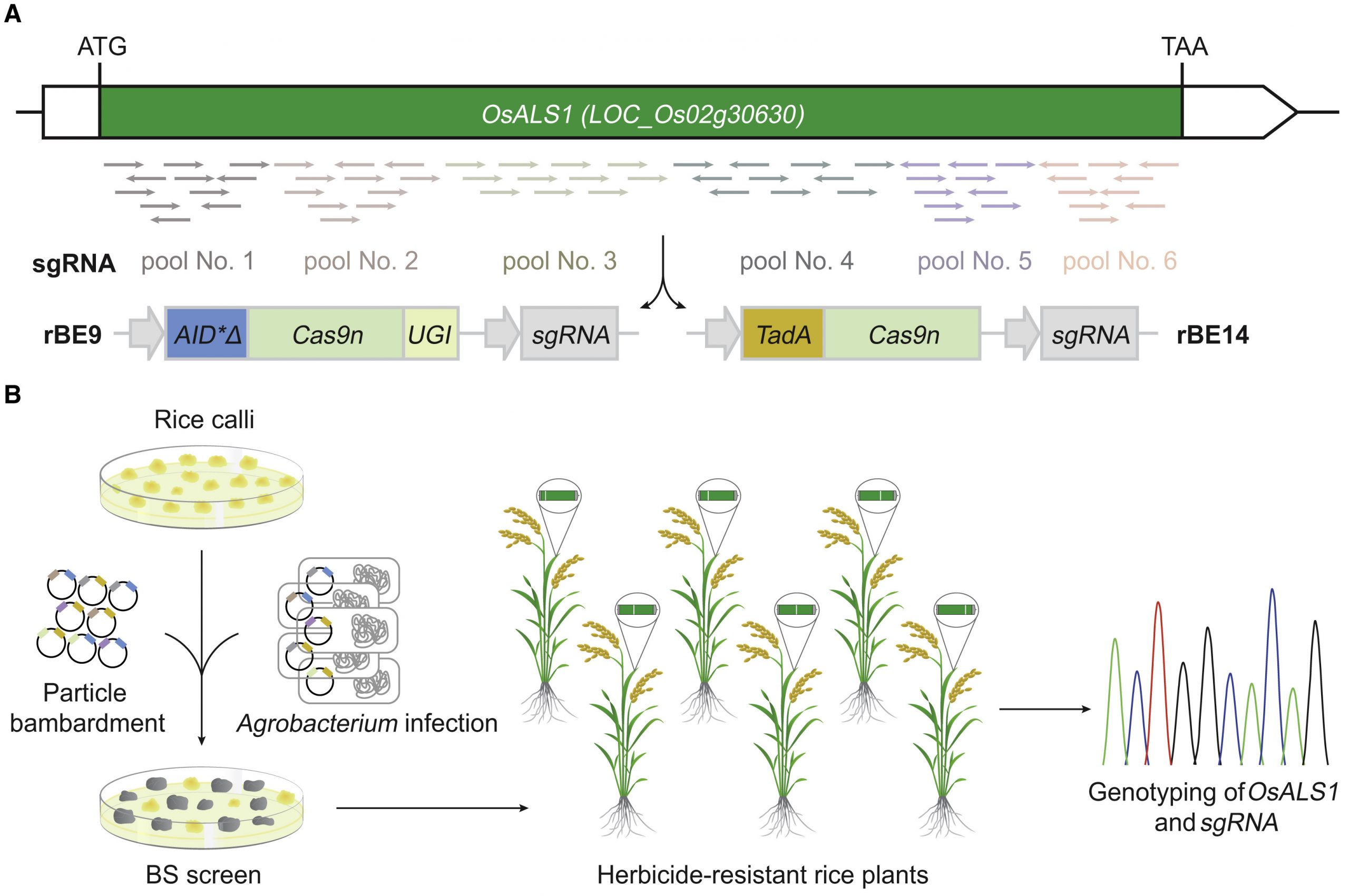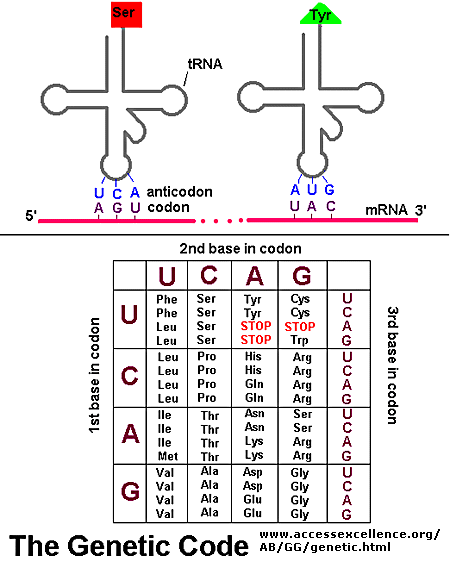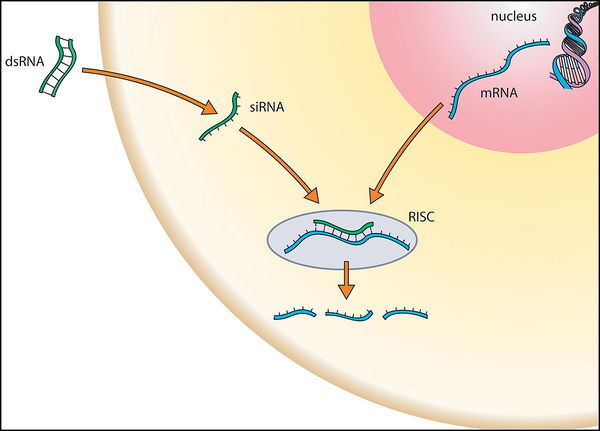




## A Comprehensive Guide to Gene and Fragrance: Unveiling the Secret of Exceptional Flowers
Greetings, esteemed readers! Enter the realm of genetics and botanical wonders, where we embark on an aromatic journey to decipher the fragrant secrets of flowers. The intricate dance between genes and scent, the very essence of floral allure and beauty, awaits our exploration.
Flowers, in their vibrant hues and delicate petals, possess an intrinsic charm that captivates our senses. Beyond their visual allure, they tantalize us with a myriad of scents, each a symphony of volatile organic compounds (VOCs). These aromatic molecules, produced by specialized cells within floral tissues, are the building blocks of the fragrant tapestry that attracts pollinators and enchants our hearts.
At the helm of this aromatic symphony lies a complex interplay of genetic factors. Genes, the blueprints of life, orchestrate the production, release, and composition of the VOCs that define a flower's unique fragrance.
While genetics dictate the fundamental framework of floral fragrance, the environment also plays a significant role in shaping the ultimate aroma. Temperature, sunlight, and soil conditions all influence the expression of genes, modulating the production and release of VOCs.
Harnessing the power of genetics in flower breeding offers a multitude of advantages:
However, it is crucial to recognize the potential disadvantages associated with genetic manipulation:
As we embark on the journey of life, our bodies and minds undergo a series of changes. The sense of smell, a pivotal gateway to the world of scents and memories, is no exception. With advancing age, our olfactory perception may diminish, affecting our ability to fully appreciate the fragrance of flowers.
Fortunately, through scientific advancements, we now possess a greater understanding of the genetic factors that influence age-related changes in olfaction. This knowledge paves the way for the development of targeted interventions and therapies aimed at preserving and enhancing the sense of smell in older adults.
Genetic modifications are carefully controlled and evaluated to ensure the safety of the resulting flowers.
Currently, genetically modified flowers are primarily cultivated for commercial purposes. Home cultivation is not widely available.
Ongoing research is assessing the potential long-term impacts on ecosystems and biodiversity.
In the tapestry of life, the interplay between genes and fragrance weaves a mesmerizing symphony, captivating our senses and enriching our hearts. Through advancements in genetic science, we have the potential to unlock new heights of floral beauty and fragrance.
As we navigate the future of flower breeding, it is imperative to approach genetic manipulation with wisdom and foresight. By balancing scientific innovation with ethical considerations and environmental awareness, we can harness the power of genes to create a world where flowers continue to enchant us with their exquisite fragrance for generations to come.